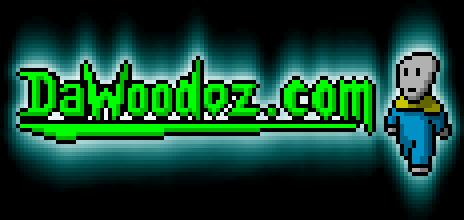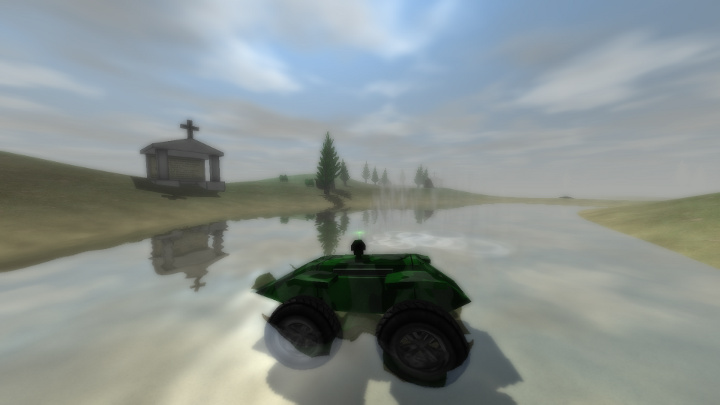https://dawoodoz.com/dfpsr.html

Decided to trademark the site's name using the ™ symbol without registering it, because it's been with me for decades any someone else using it would feel like identity theft. Buying the dot com domain should be enough to scare away any criminals trying to steal the name. If they buy a strange local domain, I can just laugh at them for getting the domain people can't remember.
Because my old site was on classic Google sites, which will soon reach the end of life, I also moved my old GPU renderer from 2010 into the new site. Many years ago, I assumed that my site could stay on Google Sites because they wouldn't go bankrupt any time soon, but instead they became crazed with power and closed it anyway. Google is really adamant about bending users to their will and did not even offer to keep the existing themes from Google sites. This was the third nail in the coffin for using Google after they ruined my YouTube account that I used to showcase my engine and locked down Google code where my code was hosted. It's back to plain HTML then.

Tried many times to get CSS to work for more than just the index page, but eventually had to give up and just paste the style into each page's head. A system for automatically generating HTML from my own text format would probably be more efficient, because I also have a top menu repeated on each page, which must be defined in the HTML body. When designing a website, I'm torn between using free tools that are tied to a service (which will be gone after only a decade), and having to write HTML by hand (can at least be copied to the next host). Should probably create my own tools for generating websites with correct character encoding and tag endings automatically, because I'll need it for the software renderer's HTML documentation. HTML is way too verbose even with CSS and Markdown is not explicit enough with all the dialects.
